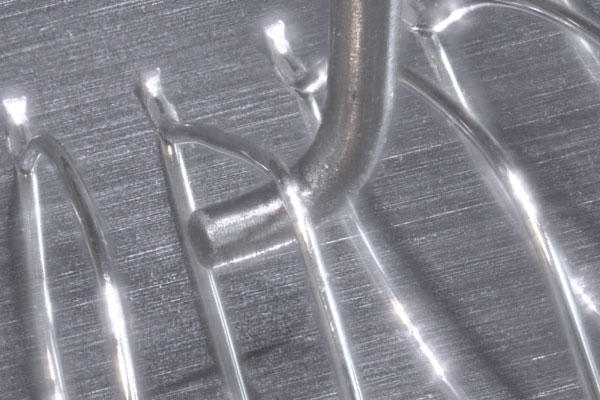As forerunners in bond testing, we aim to spread knowledge about bond testing in the industry. A pull test is the most common test to perform on a bond tester. That is why we have given our well-known wire pull guide an update and a new look. Dig into this new version of “How to Wire Pull” and learn about how to perform an optimal pull test on wires and ribbons.
Abstract
This extensive how-to consists of 11 paragraphs and 4 appendices. The focus of this manual is on wire- and ribbon pulls using wire hooks or tweezers.
We touch on topics like what type of wires to test, tool design, and tool alignment. But most important; Where to pull?
The guide also covers Loop height measurement and variants on wire pull, such as vector pull and SMD gull-wing leads pull.
At last, we explain some test method settings and share the most common failure modes for gold wire and aluminum wires.
What is Wire Pull?
Wire pull testing applies an upward force under gold, aluminum, or copper wires or ribbons and effectively pulling the wire away from the substrate or die. The bond tester moves the Z-stage until the bond breaks (destructive) or a pre-defined force is reached (non-destructive).
The purpose of wire pull testing is to measure bond strength, evaluate bond failure modalities, or determine compliance with specified bond strength requirements.

Bond testing guidelines
Besides the how-to on Wire Pull (WP), we offer guides on how-to Cold Bump Pull (CBP) and Tweezer Pull (TP) and access to the relevant MIL-STD-883 standards. Feel free to use these guides to bond testing. Also, please reach out if you have any comments or specific questions regarding the application or your samples.
How to Wire Pull
This how-to on wire pull (WP) guides what to consider and how to perform a correct wire pull test. The main focus of this manual is on wire and ribbon pulls using wire hooks. Loop height measurement is also covered.

How to Cold Bump Pull
This how-to on Cold Bump Pull (CBP) guides what to consider and how to set up a correct Cold Bump Pull (CBP) test. It generally refers to solder ball testing, but the principles apply equally to most bump testing.

How to Tweezer Pull
This how-to on Tweezer Pull (TP) guides what to consider and how to perform a Tweezer Pull test or a Tweezer Peel test. Tweezer pull and peel tests usually are not challenging to do if you own the right equipment.

Other test types
Find out what test types are configurable for your applications. In this overview, you will find all test types to perform on a Sigma bond tester. Click on your test type to read more about a specific test type.
Quickstart Manuals
The new Sigma software manuals are available on the website or to download as PDF files below.
The Wiki of bond testing
Explore the world of bond testing. Our knowledge center has all the information about bond testing you ever want to know.
Couldn’t find what you were looking for? Contact us! We have the experience and teamnology to create solutions for any bond testing requirement.



